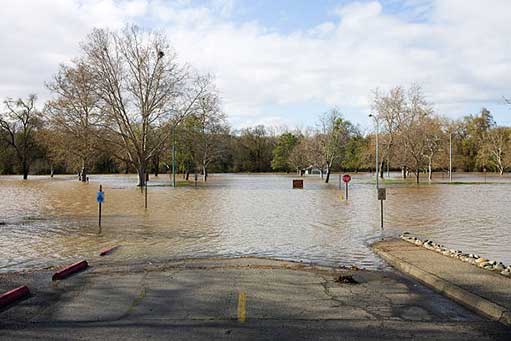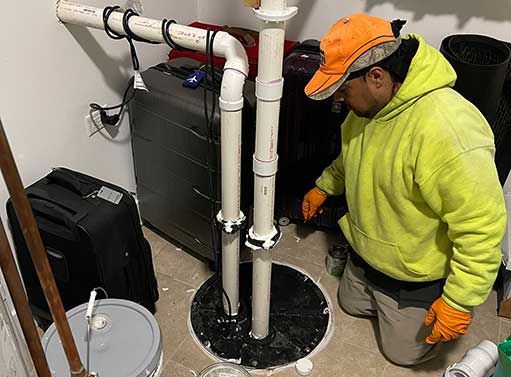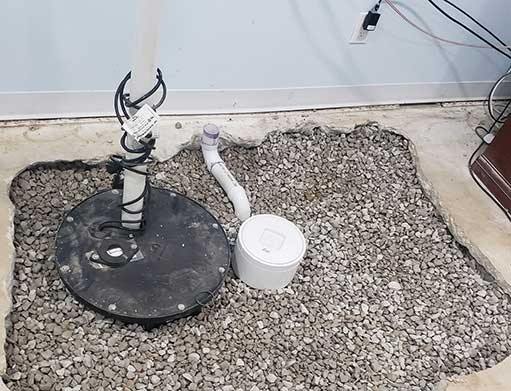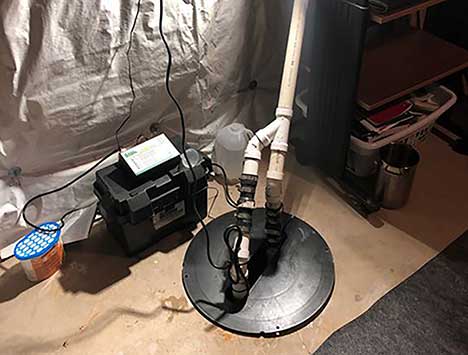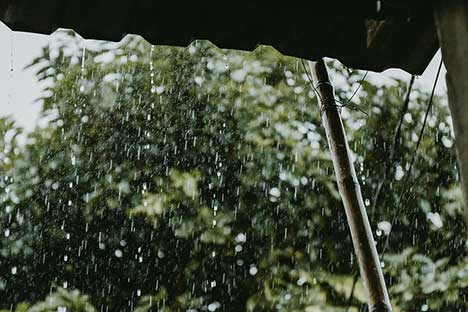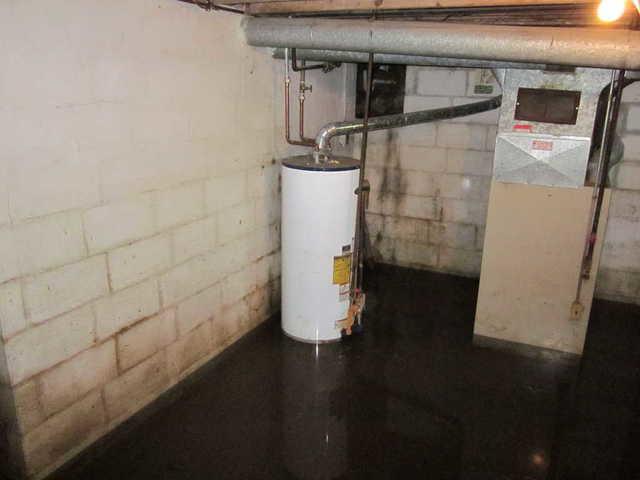The Impact of Spring Flooding in Andersonville
Spring is a season of rejuvenation and new beginnings, as nature awakens from its winter slumber. However, for residents of Andersonville, springtime also brings with it the threat of flooding. In recent years, the occurrence and severity of spring flooding in this vibrant neighborhood have increased significantly, causing distress and property damage to many homeowners.
While there are various factors contributing to the heightened risk of flooding, one tool that has proven to be vital in flood prevention is the sump pump. Here we will explore the crucial role that sump pumps play in protecting Andersonville homes from the devastating effects of spring flooding.
Understanding the Basics of Spring Flooding
Spring flooding is a recurring natural phenomenon that arises from a combination of factors. As the snow melts and the ground thaws after a long winter, the influx of water overwhelms rivers, streams, and drainage systems. When heavy rainfall coincides with this melting process, the risk of flooding amplifies significantly, leading to potential disaster.
Andersonville, nestled near the shores of Lake Michigan, is particularly susceptible to spring flooding due to its low-lying geography. The neighborhood’s proximity to the lake, combined with aging infrastructure and an increase in intense rainstorms, has made it a hot spot for flood-related issues in recent years.
The Devastating Consequences of Flooding
Before delving into the role of sump pumps, it is crucial to understand the profound impact that flooding can have on homes and residents. Floodwater has the potential to infiltrate basements and crawlspaces, compromising the structural integrity of the building. Additionally, it can damage electrical systems, appliances, and personal belongings, resulting in significant financial losses.
Furthermore, flooding poses a significant health risk, as it can lead to the growth of mold and mildew, contributing to respiratory problems and allergic reactions. The emotional toll and stress caused by such an event should not be underestimated, with families often having to temporarily relocate and endure the lengthy process of cleaning up and repairing their properties.
The Crucial Role of Sump Pumps
A sump pump is a mechanical device designed to remove water from the basement or crawlspace of a property, helping to prevent flooding and reduce water damage. It consists of a pump and a pit, commonly referred to as a sump pit or sump basin, where water collects. When water reaches a certain predetermined level in the pit, the sump pump activates, pumping the water out and away from the building.
Sump pumps are typically powered by electricity and equipped with sensors that detect water levels. There are two main types of sump pumps: submersible and pedestal. Submersible pumps are placed directly in the sump pit, while pedestal pumps are mounted above the pit.
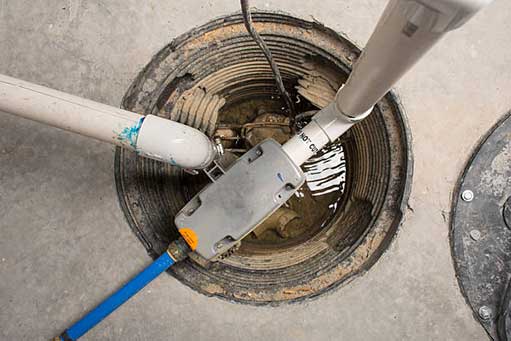
By promptly removing water, a sump pump helps mitigate the risk of mold formation and contributes to a healthier living environment.
Key Benefits of Sump Pumps in Flood Prevention
The installation of a sump pump offers several advantages to homeowners in flood-prone areas like Andersonville:
Protection against basement and crawlspace flooding
The primary purpose of a sump pump is to safeguard basements and crawlspaces from water infiltration. By effectively removing water, it helps prevent costly property damage and the subsequent need for extensive repairs.
Mitigation of mold and mildew growth
Flooding creates a fertile environment for the growth of mold and mildew, which can lead to numerous health issues. By promptly removing water, a sump pump helps mitigate the risk of mold formation and contributes to a healthier living environment.
Prevention of foundation damage
Excessive water accumulation around the foundation of a home can weaken its structure over time. By continuously draining water away from the property, a sump pump helps protect the foundation, reducing the likelihood of structural instability.
Improving indoor air quality
Flooding can release harmful contaminants and pollutants into the air, compromising the indoor air quality of a home. With its ability to keep basements and crawlspaces dry, a sump pump contributes to a healthier living environment by preventing the spread of these pollutants.
Peace of mind
One of the greatest benefits of installing a sump pump is the peace of mind it provides. During periods of heavy rain or the spring thaw, homeowners with sump pumps can rest assured knowing that their properties are equipped to handle potential flooding.
Choosing the Right Sump Pump for Your Needs
When considering the installation of a sump pump, there are several factors to take into account:
Capacity and power
Ensure that the sump pump you choose has enough capacity to handle the potential volume of water. Consider the pumping capacity, expressed in gallons per hour or minute, and select a pump that matches the needs of your property.
Backup options
In the event of a power outage, it is crucial to have a backup power source to keep the sump pump functioning. Consider installing a battery-powered backup system or a generator to ensure continuous protection during such situations.
Noise level
Sump pumps can produce varying levels of noise. If noise is a concern for you, look for models specifically designed for quieter operation.
Maintenance requirements
Like any mechanical device, sump pumps require periodic maintenance to ensure optimal performance. Consider the maintenance requirements of different models and choose one that suits your schedule and capabilities.
Other Measures to Complement Sump Pump Systems
While sump pumps are highly effective in flood prevention, it is essential to implement additional measures to further safeguard your home:
Proper landscaping
Ensure that the ground surrounding your home slopes away from the foundation, directing water away from the property. Additionally, consider installing French drains to better manage surface water runoff.
Regular gutter maintenance
Keep gutters and downspouts free from debris, leaves, and other obstructions to ensure proper water flow. Regular gutter cleaning and maintenance can contribute significantly to preventing water accumulation near the foundation.
Seal cracks and openings
Inspect the exterior and interior of your home for any cracks or openings that may allow water to seep in during heavy rainfall. Properly seal these areas to minimize the risk of water infiltration.
Flood insurance coverage
While prevention is crucial, it is also essential to be financially prepared for the unexpected. Consider obtaining flood insurance coverage to protect your property in the event of flood-related damages.
Spring flooding in Andersonville poses a significant threat to the homes and well-being of its residents. Installing a reliable sump pump system is a wise investment that offers comprehensive flood prevention and protection. By consistently removing excess water and reducing the risk of property damage, sump pumps play a crucial role in mitigating the devastating effects of spring flooding.
Combined with proactive measures such as proper landscaping, maintenance of gutters and downspouts, and sealing cracks, homeowners can significantly enhance their flood prevention efforts. With the right sump pump and a multi-faceted approach to flood prevention, residents of Andersonville can enjoy peace of mind during the unpredictable spring season.
—
Interested in having our Andersonville plumbers install or replace a sump for you? Contact us at 773-599-9181 or by form below!
